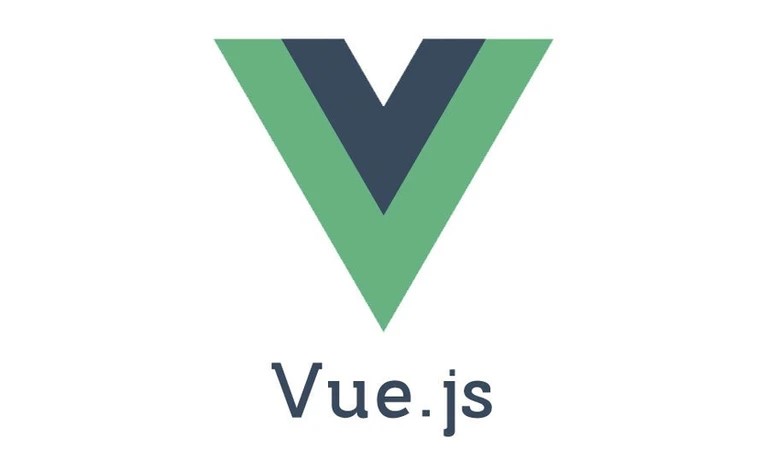Vue JS and Drupal
When integrating Drupal with Vue.js, there are a few key things to keep in mind. First, it is important to make sure that Drupal and Vue.js are compatible with each other. Second, you need to make sure that you have a plan for how you want to integrate the two systems. Finally, you need to make sure that you are prepared to handle any issues that may arise.

Compatibility
The first thing to consider when integrating Drupal with Vue.js is compatibility. Drupal and Vue.js use different versions of JavaScript, so it is important to make sure that they are compatible with each other. There are a few ways to do this:
Check the compatibility chart: The Drupal community maintains a compatibility chart that lists which versions of Drupal are compatible with which versions of Vue.js.
Use a compatibility layer: If you are using an older version of Drupal, you can use a compatibility layer to make it compatible with Vue.js.
Use a headless approach: If you are using a recent version of Drupal, you can use the headless approach to make Drupal compatible with Vue.js.
Integration Plan
The second thing to consider when integrating Drupal with Vue.js is how you want to integrate the two systems. There are a few different approaches that you can take:
Completely decoupled: In a completely decoupled approach, Drupal is used as a data source for a Vue.js application. This approach is ideal if you want to use Drupal as a content repository and take advantage of the powerful content modeling capabilities that it offers.
Semi-decoupled: In a semi-decoupled approach, Drupal is used as both a data source and a rendering engine for a Vue.js application. This approach is ideal if you want to use Drupal as a content repository and take advantage of the powerful theming capabilities that it offers.
Fully integrated: In a fully integrated approach, Drupal and Vue.js are used together to build a single application. This approach is ideal if you want to use Drupal as a framework for building a custom application.
Issue Handling
The third thing to consider when integrating Drupal with Vue.js is how you will handle any issues that may arise. There are a few different ways to do this:
Use a issue-tracking system: If you are using a version control system like Git, you can use an issue-tracking system like GitHub Issues to track and manage any issues that arise.
Use a support forum: If you are using Drupal, you can use the Drupal support forums to ask questions and get help from the Drupal community.
Use a chat system: If you are using Vue.js, you can use a chat system like Gitter to ask questions and get help from the Vue.js community.
Conclusion
When integrating Drupal with Vue.js, there are a few key things to keep in mind. First, it is important to make sure that Drupal and Vue.js are compatible with each other. Second, you need to make sure that you have a plan for how you want to integrate the two systems. Finally, you need to make sure that you are prepared to handle any issues that may arise.





